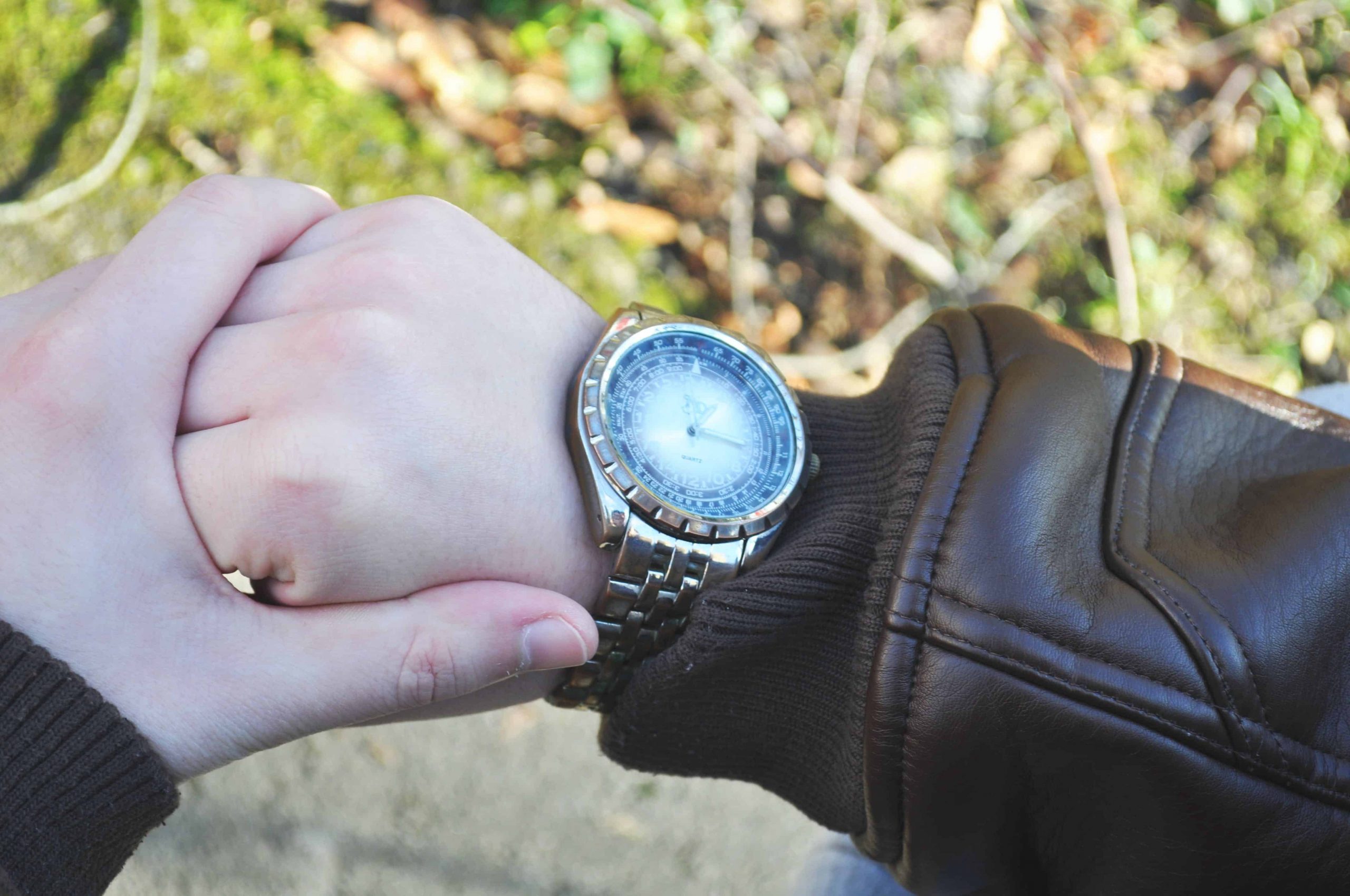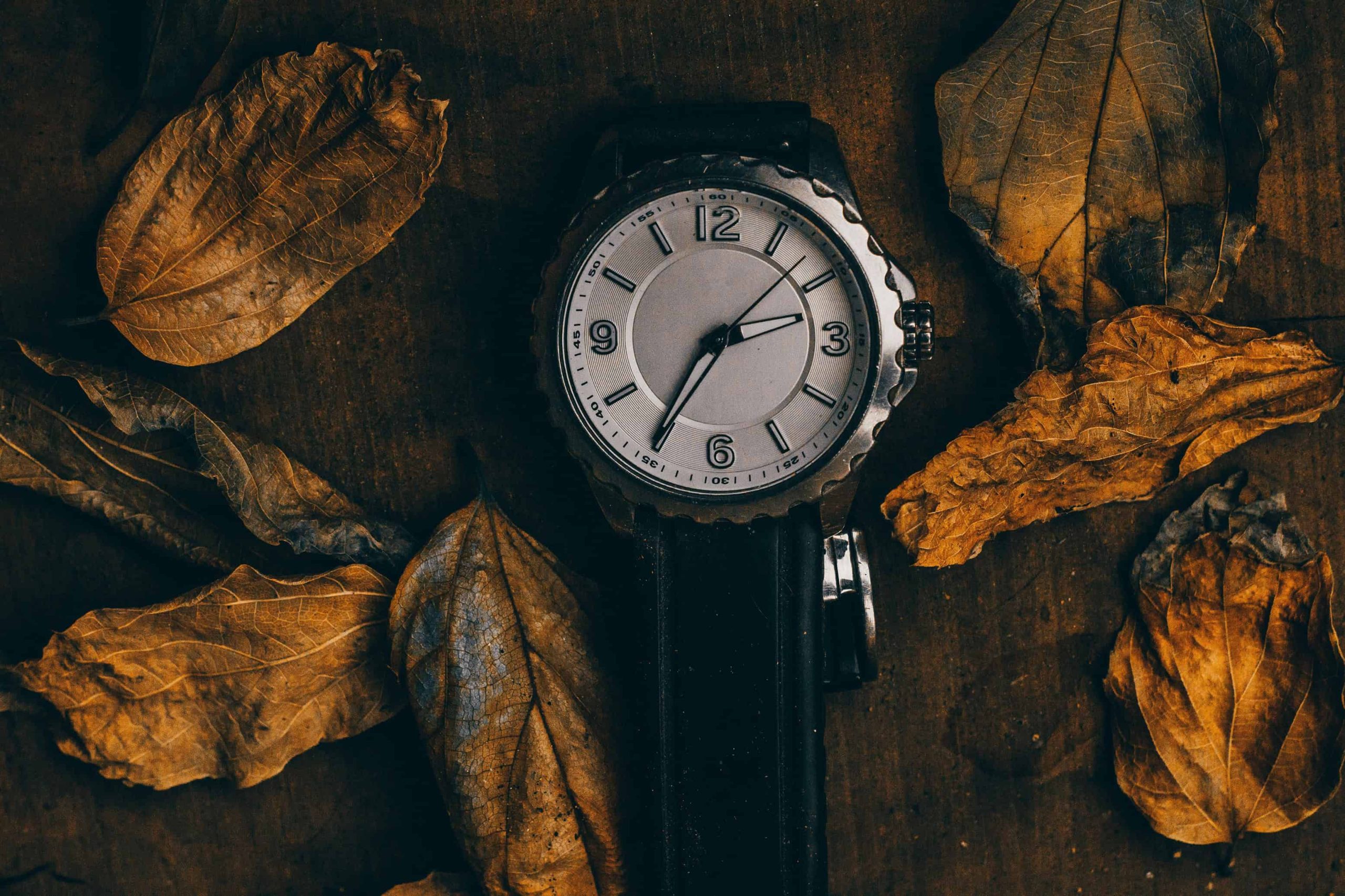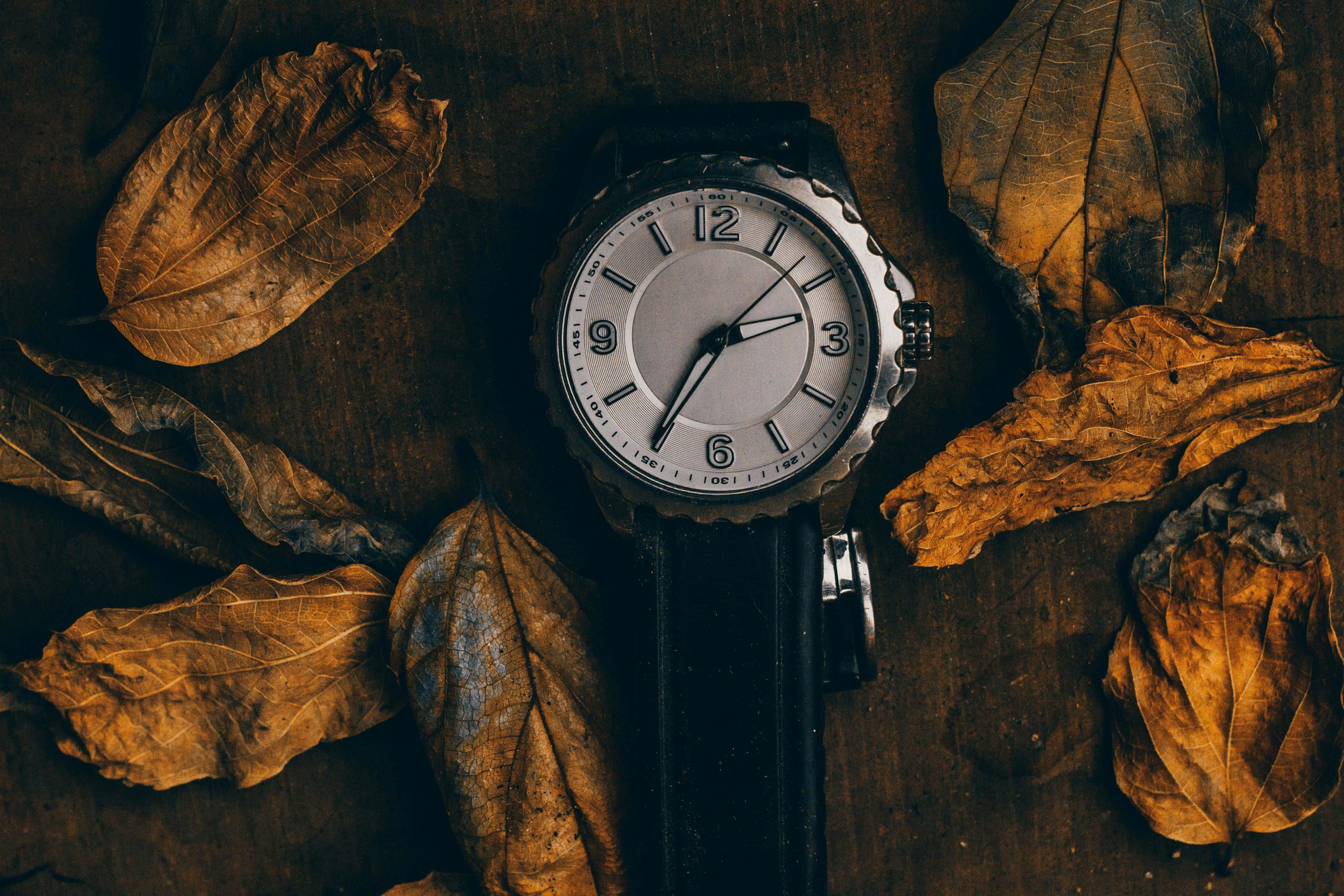
The Craftsmanship Behind Classic Watches
Introduction
Classic watches, revered for their timeless design, exceptional quality materials, and enduring functionality, stand as more than mere timekeeping devices. They are a testament to the craftsmanship that goes into creating a piece that transcends eras. The importance of craftsmanship in classic watches cannot be overstated, as it forms the foundation of their appeal and longevity.

© Duané Viljoen / Pexels
The Foundation: Classic Watches Materials
Case Materials
Classic watches often feature cases made from durable materials like stainless steel or precious metals. Stainless steel provides resilience and a modern aesthetic, while precious metals like gold or platinum lend an air of luxury. Understanding the properties of these materials is crucial to crafting a watch that not only looks stunning but also withstands the test of time.
Movement Components
The intricate gears, springs, and other movement components play a pivotal role in a classic watch’s precision. The choice of materials, such as robust alloys and precision-engineered metals, ensures the inner workings operate seamlessly. The craftsmanship involved in selecting and implementing these materials is a cornerstone of creating a reliable and accurate timepiece.
Dials and Hands
A classic watch’s aesthetics and legibility are often dictated by the materials used for dials and hands. Crafting these components requires an understanding of design principles and materials that enhance both the visual appeal and functionality of the watch. The meticulous selection of materials ensures that the watch remains a symbol of sophistication and functionality.

© Kristi Gy / Pexels
The Art of Watchmaking: Techniques
Crafting the Case
The case of a classic watch undergoes a series of detailed processes, including detailing, shaping, and polishing. Craftsmen use specialized techniques to create a seamless and visually pleasing exterior. These processes contribute to the durability and elegance of the watch, showcasing the artisan’s dedication to perfection.
Building the Movement
Assembling the movement involves intricate processes such as gear cutting and lubrication. Each component must fit precisely to ensure smooth operation. The craftsmanship in building the movement is a blend of precision and expertise, resulting in a watch that not only keeps time accurately but does so with a mesmerizing mechanical dance inside the case.
Finishing Touches
The final stages of watchmaking involve the creation of the dial and the application of hands. These finishing touches demand a keen eye for detail and artistry. Dial creation may involve techniques like enameling or guilloché, while hand application requires precision to ensure proper alignment. Quality control measures are paramount, ensuring that every watch leaving the workshop meets the highest standards of craftsmanship.

© Erik Mclean / Pexels
The Allure of Classic Craftsmanship
The Value of Precision
Meticulous work in crafting classic watches enhances their performance and longevity. The precision in every detail, from the movement to the finishing touches, ensures that these timepieces not only tell accurate time but do so for generations.
The Beauty of Tradition
The enduring appeal of classic watches lies in the beauty of time-tested techniques. The artistry and craftsmanship passed down through generations contribute to the creation of watches that are not just functional but also works of art, standing as a testament to the traditions of horology.
Owning a Piece of History
Classic watches represent more than just a stylish accessory; they embody heritage and quality. Owning a classic watch means holding a piece of history on your wrist, connecting you to the craftsmanship and traditions that have shaped the world of horology.
Conclusion
In summary, the craftsmanship behind classic watches is a symphony of materials, techniques, and tradition. From the careful selection of case materials to the artistry in dial creation, every step in the process contributes to the enduring legacy of these timepieces. Classic watches, crafted with precision and a nod to tradition, remain not only a functional accessory but a timeless piece of history on your wrist.
Key Takeaways
- Timeless Elegance: Classic watches epitomize timeless design, quality materials, and enduring functionality, transcending eras and becoming more than just timekeeping devices.
- Material Foundation: The choice of durable materials like stainless steel and precious metals ensures both visual appeal and longevity, with a crucial emphasis on understanding material properties.
- Precision in Movement: Meticulous craftsmanship in selecting and implementing robust alloys ensures the intricate gears and springs contribute to the watch’s precision and accurate timekeeping.
- Artistry in Aesthetics: The art of crafting dials and hands involves a deep understanding of design principles and materials, maintaining sophistication and functionality for classic watches.
- Techniques in Watchmaking: Detailed processes in shaping, polishing, gear cutting, and lubrication showcase craftsmen’s dedication to perfection in creating visually pleasing and durable timepieces.
- Enduring Legacy: Classic watches represent an enduring legacy, combining time-tested techniques and becoming symbols of artistry, tradition, and history.
- Value of Tradition: The enduring allure of classic watches lies in the beauty of tradition, where craftsmanship passed down through generations contributes to functional works of art.
- Ownership as Heritage: Owning a classic watch means possessing more than a stylish accessory; it is owning a piece of history, connecting to rich heritage, and reflecting superior craftsmanship.
- Craftsmanship Symphony: Classic watches are a symphony of materials, techniques, and tradition, making them not just functional accessories but timeless pieces of history.
FAQs (Frequently Asked Questions)
What makes classic watches more than timekeeping devices?
Classic watches stand out for their timeless design and enduring functionality, going beyond regular timekeeping devices. They represent craftsmanship’s testament, forming the foundation of their appeal and longevity.
How crucial are materials in crafting classic watches?
Materials are vital in classic watchmaking. Durable choices like stainless steel or precious metals ensure visual appeal and longevity, with a focus on understanding material properties.
How does craftsmanship contribute to precision in classic watches?
Craftsmanship is key to precision in classic watches, especially in intricate gears and movement components. Selecting robust alloys and precision-engineered metals ensures seamless and accurate timekeeping.
What techniques are involved in crafting classic watches?
Crafting involves detailed techniques like shaping, polishing, gear cutting, and lubrication. Specialized methods create a visually pleasing exterior. The final stages, including dial creation and hand application, demand artistry with strict quality control measures.
Why do classic watches represent more than stylish accessories?
Classic watches embody heritage and quality, holding a piece of history on your wrist. This connection to rich craftsmanship and traditions elevates their value beyond mere functionality, making them timeless pieces of history.
Indulge your curiosity and passion for watches by exploring our detailed guide on the enduring materials that lend an everlasting charm to these timekeeping masterpieces. The journey awaits!




